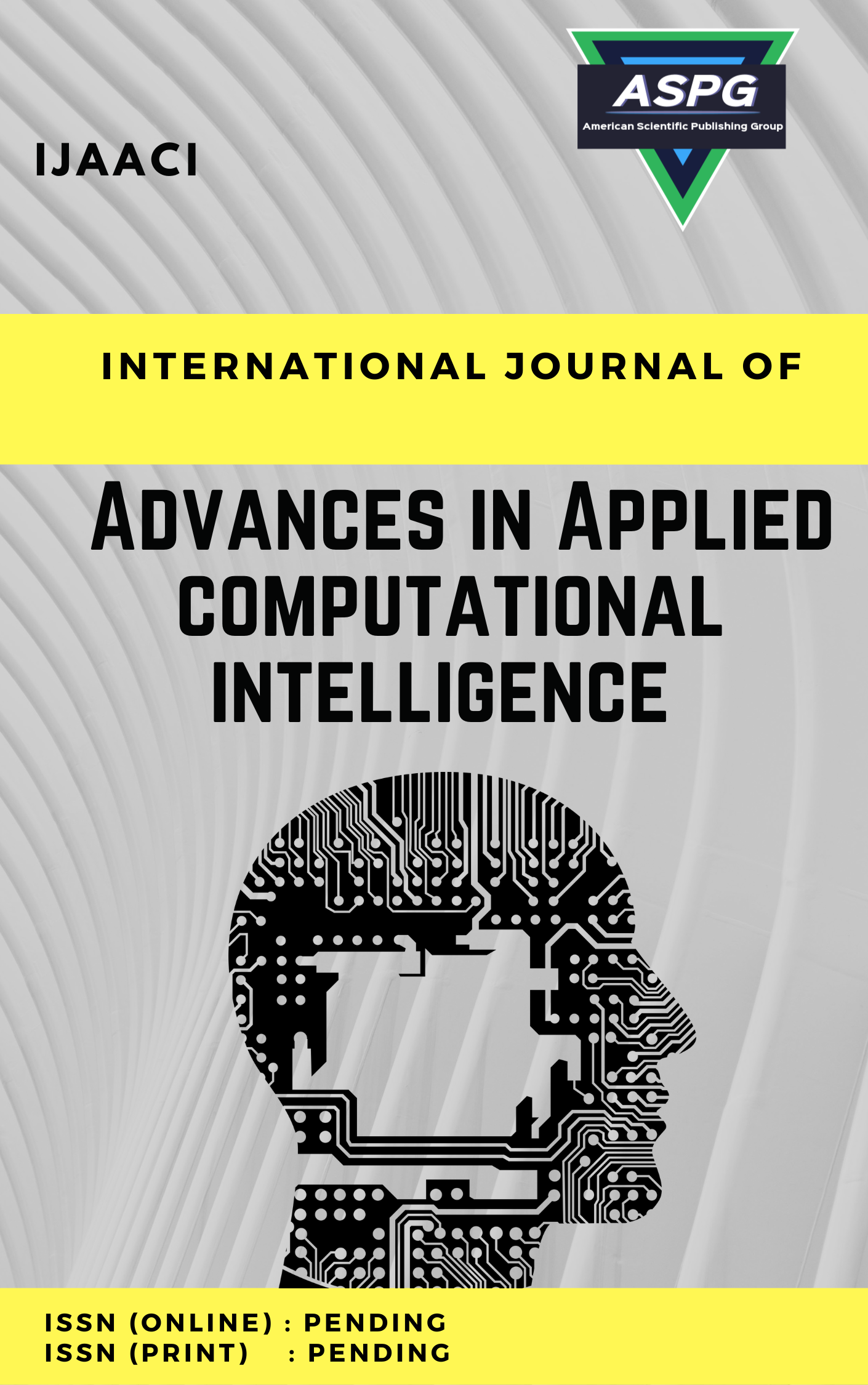

In order to remain competitive, businesses must now invest in developing environmentally responsible green suppliers. The purpose of this article is to determine which vendors should be incorporated into green supplier growth programs in order to enhance their ecological sustainability, as well as the suppliers' current green/environmental efficiency. Factor evaluation was used to examine the reliability of the parameters used to assess green suppliers' efficiency and overall quality. To determine which provider offers the greatest ecological performance, the suggested technique uses a hybrid interval-valued neutrosophic set (IVNS) and VIKOR structure to assign relative importance to each criterion. To manage ambiguity while choosing choices, we combine the neutrosophic method with the VIKOR technique. We used 10 criteria and ten vendors in this research to demonstrate the usefulness and effectiveness of the suggested framework. The suggested methodology is applied in the application.
Read MoreDoi: https://doi.org/10.54216/IJAACI.020102
Vol. 2 Issue. 1 PP. 15-22, (2022)
With the rapid growth of social media and online news platforms, the spread of fake news has become a major problem, leading to misinformation and distrust. In this paper, we propose an attentive convolutional recurrent network (ACRN) for fake news detection, which combines convolutional learning and recurrent learning capabilities to capture both local and global temporal information. Additionally, we incorporate attention mechanisms to focus on important features and reduce noise. We evaluate our model on a publicly available dataset and compare it with state-of-the-art methods. The results show that our ACRN model outperforms the existing methods in terms of accuracy, precision, recall, and F1-score. We also perform an ablation study to demonstrate the effectiveness of our attention mechanisms. Our proposed ACRN model can applied as a reliable computation intelligence tool for detecting fake news and improving the accuracy of news verification.
Read MoreDoi: https://doi.org/10.54216/IJAACI.020101
Vol. 2 Issue. 1 PP. 08-14, (2022)
One of the current issues in agriculture is the lack of mechanized weed management, which is why weed detection technologies are so crucial. Detecting weeds is useful because it may lead to the elimination of pesticide usage, which in turn improves the surroundings, human health, and the sustainability of agriculture. As novel algorithms are developed and computer capacity increases, deep learning-based approaches are gradually replacing classic machine learning methods for real-time weed detection. Mixed machine learning designs, which combine the best features of existing approaches, are becoming more popular. So, the goal of this study, present the CNN model for early weed detection. The CNN model is applied to the weed dataset. The CNN model achieved 96% accuracy.
Read MoreDoi: https://doi.org/10.54216/IJAACI.020103
Vol. 2 Issue. 1 PP. 23-28, (2022)
In the era of information overload and the widespread dissemination of news through various online platforms, the identification and mitigation of fake news have become imperative. This paper presents a comprehensive investigation into the application of Transformer Networks for accurate fake news classification. Transformers, known for their ability to model long-range dependencies and capture contextual information effectively, have demonstrated outstanding performance in natural language processing tasks. Leveraging this strength, we propose a simple but effective approach that employs Transformer-based architectures to discern fake news from genuine information with high precision. In our approach, we explore various techniques, such as attention mechanisms, positional encoding, and self-attention layers, to capture important contextual relationships and optimize the classification process. Through extensive experimentation, we demonstrate the effectiveness of our approach in accurately identifying and classifying fake news articles. Our proposed model achieves state-of-the-art performance on a public benchmark dataset, surpassing existing approaches.
Read MoreDoi: https://doi.org/10.54216/IJAACI.020104
Vol. 2 Issue. 1 PP. 29-35, (2022)
Gait recognition has gained significant attention in recent years due to its potential applications in various fields, including surveillance, security, and healthcare. Biometric gait identification, which involves recognizing individuals based on their walking patterns, is a challenging task due to the inherent variations in gait caused by factors such as clothing, footwear, and walking speed. In this paper, we propose a computational intelligence approach for biometric gait identification. Specifically, we integrate an intelligent convolutional model to identify human gaits based on the inertial sensory data captured from the body movement during the human walk. Extensive experiments on two datasets demonstrated that the efficiency of the proposed approach outperforms the existing methods. Our approach has the potential to be used in real-world applications such as surveillance systems and healthcare monitoring, where accurate and efficient identification of individuals based on their gait is crucial.
Read MoreDoi: https://doi.org/10.54216/IJAACI.020105
Vol. 2 Issue. 1 PP. 36-43, (2023)